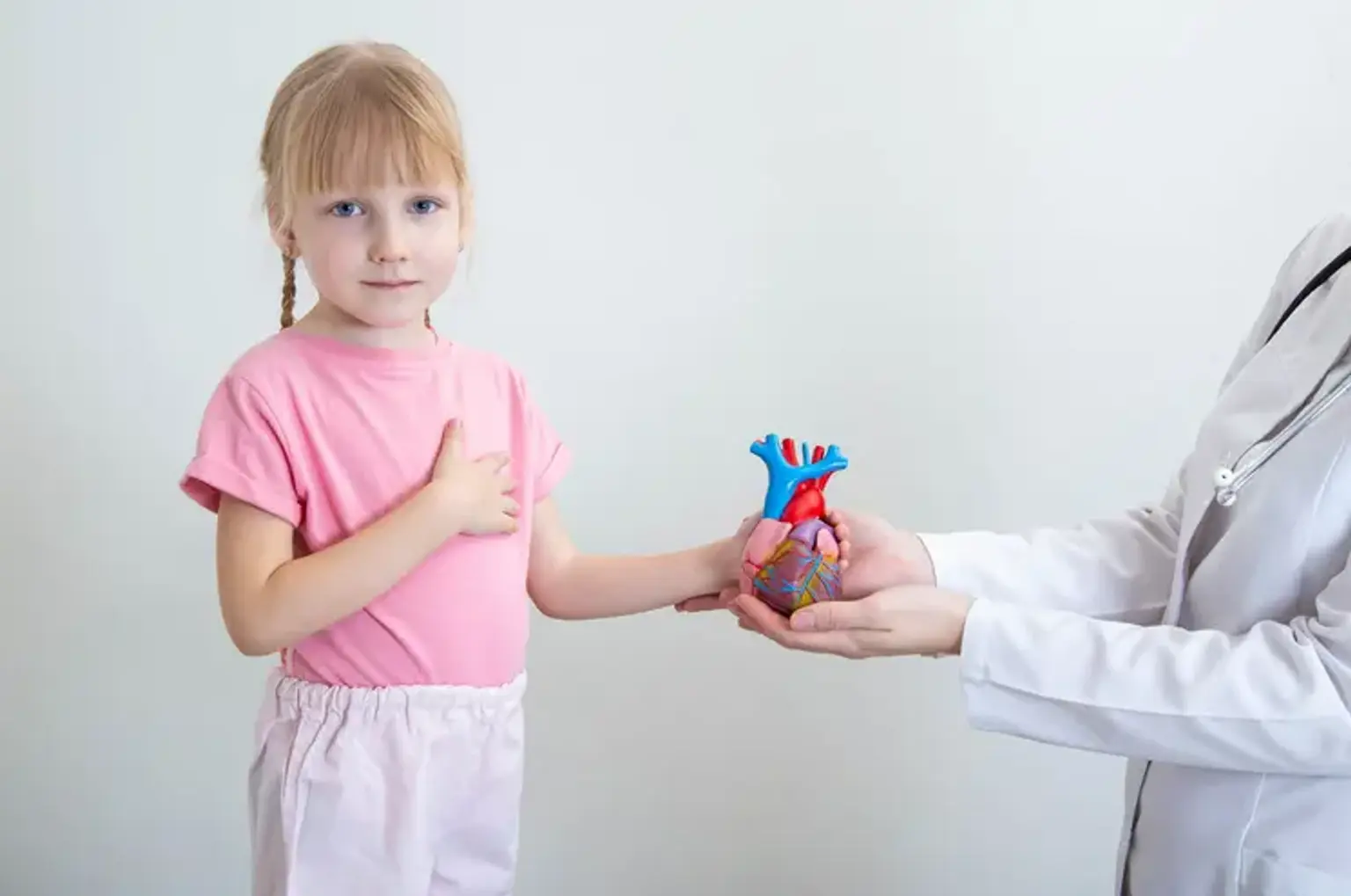Pediatric Heart Disease
Overview
Heart disease is a wide phrase that refers to a variety of conditions that can affect the heart in both adults and children. When the focus is narrowed to children, the word still contains a wide variety of disorders, from a disease with no symptoms and is never identified to a serious and possibly life-threatening illness that is evident from birth.
